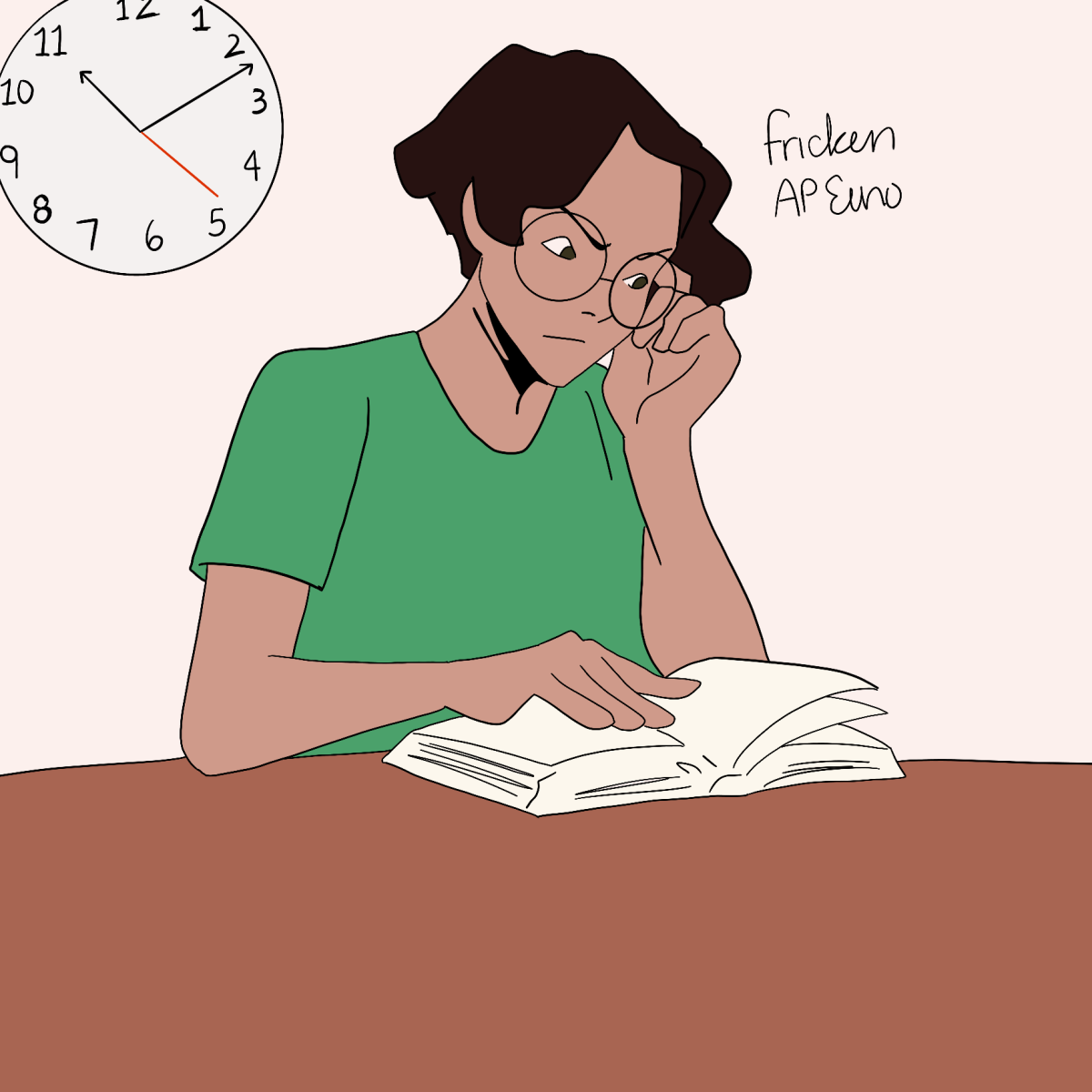Many students look forward to our 55-minute lunch every day. It is a time when they can catch up on work or just relax in preparation for the rest of the day and all the homework and extracurricular activities many have to do after school.
When we constantly have county testing and double or triple third periods for events, lunch gets shortened. This is a big issue since students long fought for one lunch hour and accomplished the task for many reasons.
Students meet with teachers at lunch for help with material they either didn’t understand or missed due to a doctor’s appointment. Cutting lunch short means the time students can spend with teachers is also shortened and less work will get done. Only so much can be done during class periods throughout the day. Students need the extra time during lunch to finish up or start work.
Students rarely, if ever, get a chance to relax, sleep, socialize or simply enjoy free time. To combat this, the school gives wellness periods, called Wildcat Wellness. However, there are instances where students will go without a wellness period that week because they don’t have an art class or take a language class. Whether or not we have Wildcat Wellness is also determined by whether there are shortened weeks for holidays or two-hour delays due to snow in the winter.
Along with the factors mentioned above, students also need to eat. Within an hour, it’s reasonable to eat and have conversations and work with teachers. However, when there is less lunchtime, students might have to choose between all the options and thus not have the time to eat all their food or ask a teacher a question.
Since students fought for lunch to be extended from 40 minutes to an hour, what is the point of cutting it? It seems meaningless and disrespectful to the students who wanted extended lunch.
Surely most students will want to have a full lunch and get upset when there is a chance that lunch will be shorter. It’s counter-productive for students to be unhappy while MCPS is constantly trying to establish a calming and welcoming environment where all students can succeed.
Some people may say that there are no other solutions than taking time away from lunch. That is not true as time can be taken away from class with lessons then being fit into the shorter time frame. Instead of classes being 45 minutes they would be, for example, 35 to 40. It’s unlikely that this will have a major effect on students’ learning.
In the end, the school’s administrators should leave lunch alone and, if needed, shorten classes on the current schedule. Another solution could be changing the school schedule altogether with a block schedule. With longer classes, the effect wouldn’t be felt as much, and there would still be plenty of time to cover the material.









